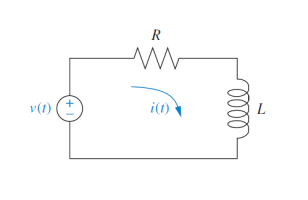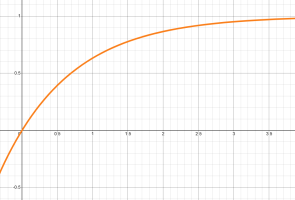logistic_guy
Senior Member
- Joined
- Apr 17, 2024
- Messages
- 2,214
Given the electric network shown in the Figure.

\(\displaystyle {\bold{a.}}\) Write the differential equation for the network if \(\displaystyle v(t) = u(t)\), a unit step.
\(\displaystyle {\bold{b.}}\) Solve the differential equation for the current, \(\displaystyle i(t)\), if there is no initial energy in the network.
\(\displaystyle {\bold{c.}}\) Make a plot of your solution if \(\displaystyle R/L = 1\).

\(\displaystyle {\bold{a.}}\) Write the differential equation for the network if \(\displaystyle v(t) = u(t)\), a unit step.
\(\displaystyle {\bold{b.}}\) Solve the differential equation for the current, \(\displaystyle i(t)\), if there is no initial energy in the network.
\(\displaystyle {\bold{c.}}\) Make a plot of your solution if \(\displaystyle R/L = 1\).

